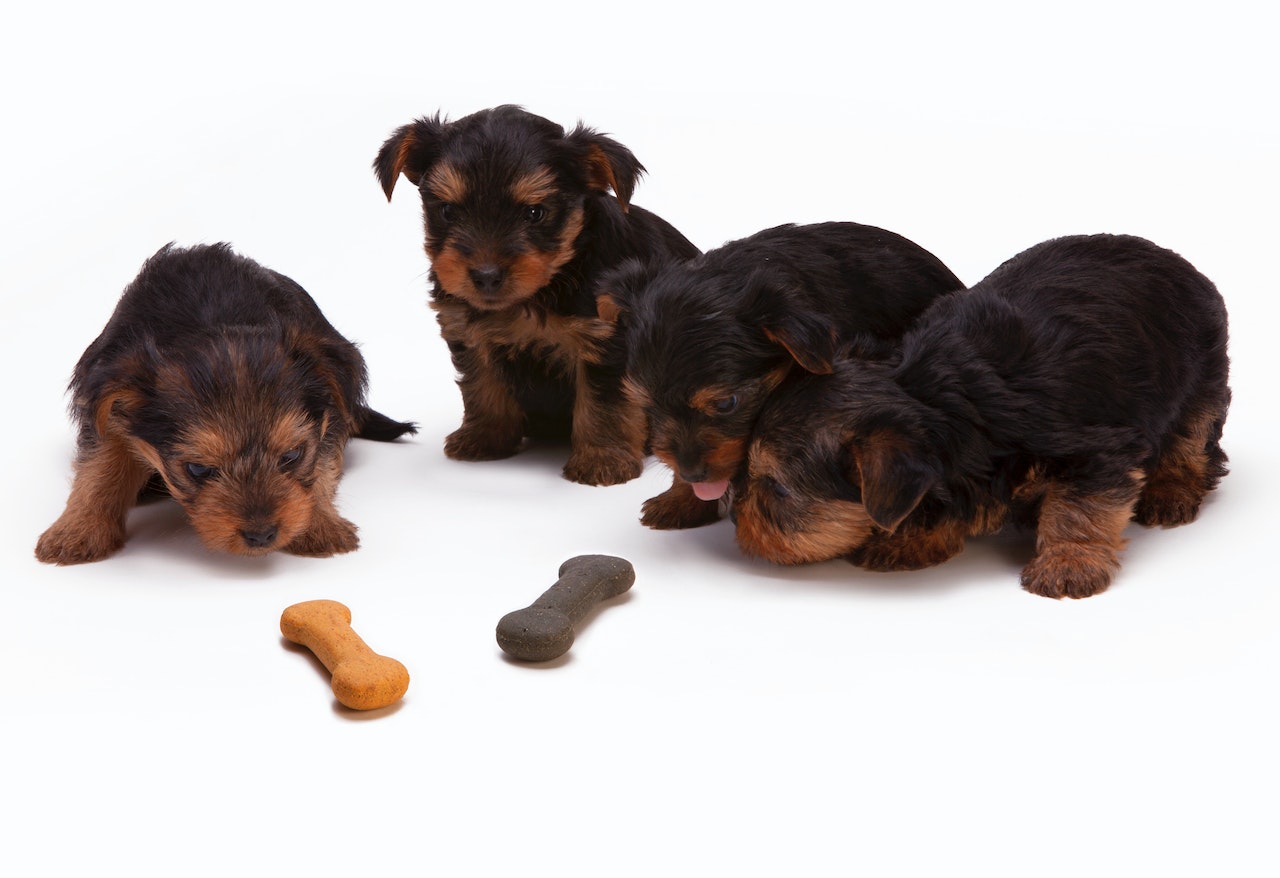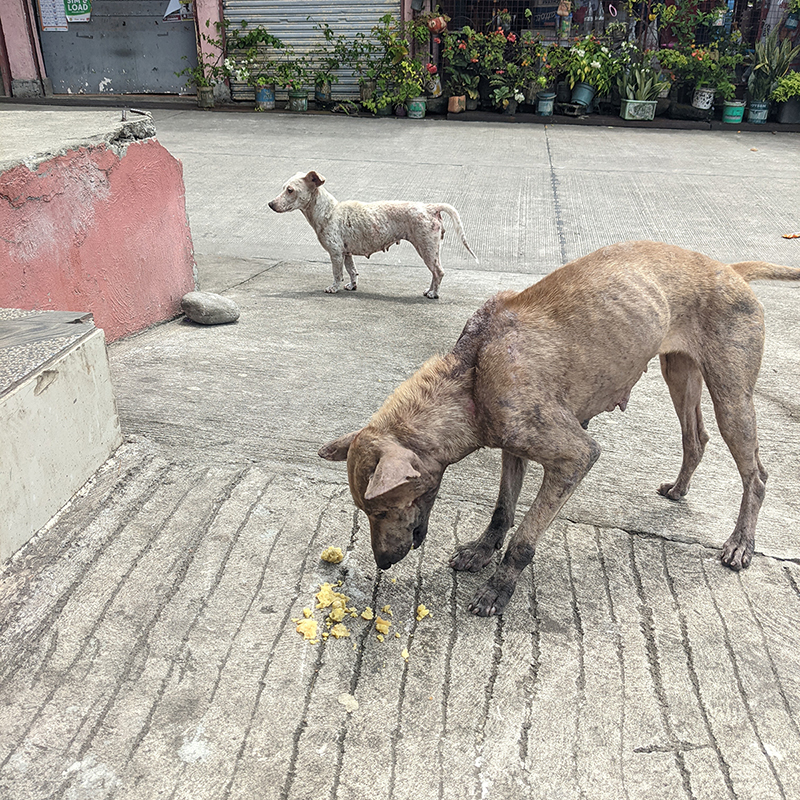What do you feed your dog? Pros and Cons of Dry and Raw Dog Food

Feeding your furry friend is an essential aspect of dog ownership. When it comes to dog food, there are two primary options: dry kibble and raw food. Both types of food have their pros and cons, and as a pet owner, you must choose what works best for your dog's needs. In this article, we'll explore the differences between dry and raw dog food, including the top brands of each type, their pros and cons, how to decide on the best food for your dog, and provide a summary conclusion.
Dry Dog Food
Dry dog food, also known as kibble, is a popular choice among pet owners due to its convenience and affordability. It is made by cooking and dehydrating ingredients like meat, grains, and vegetables, which are then mixed with vitamins and minerals to create a balanced diet for your dog. Here are some of the top brands of dry dog food:
- Blue Buffalo
- Purina Pro Plan
- Royal Canin
- Hill's Science Diet
- Orijen
Pros of Dry Dog Food:
- Convenient and easy to store
- More affordable than raw dog food
- Available in a variety of flavors and formulations to cater to your dog's dietary needs
- Can improve dental health by reducing plaque and tartar buildup
Cons of Dry Dog Food:
- Lower moisture content, which can lead to dehydration
- Some brands use low-quality ingredients, fillers, and preservatives
- May contain grains, which can cause allergies in some dogs
Raw Dog Food
Raw dog food, also known as a BARF (biologically appropriate raw food) diet, involves
feeding your dog raw meat, bones, and organs, along with some fruits and vegetables.
The theory behind raw dog food is that it mimics what dogs would naturally eat in the
wild. Here are some of the top brands of raw dog food:
- Stella & Chewy's
- Primal Pet Foods
- Instinct Raw
- Northwest Naturals
- Nulo
Pros of Raw Dog Food:
- High moisture content, which helps keep dogs hydrated
- Contains fewer fillers, preservatives, and artificial ingredients
- Can improve digestion, coat quality, and overall health
- Mimics a dog's natural diet
Cons of Raw Dog Food:
- Expensive and not as readily available as dry dog food
- Risk of bacterial contamination if not handled and stored properly
- May not provide a complete and balanced diet if not formulated correctly
- Feeding raw bones can be dangerous and cause choking or digestive issues
How to Decide on the Best Food for Your Dog

Choosing the right food for your dog depends on various factors, such as their age, size, breed, and health condition. Here are some tips to help you decide:
- Consult with your vet: Your veterinarian can provide you with guidance on the type of food that would be best suited for your dog's needs.
- Read labels: Look for high-quality protein sources, such as chicken, beef, or fish, and avoid fillers like corn, soy, and wheat.
- Consider your budget: Raw dog food is more expensive than dry dog food, so factor in your budget before making a decision.
- Take your dog's preferences into account: Some dogs may prefer kibble, while others may enjoy raw food. Consider what your dog likes before making a decision. Conclusion
Both dry and raw dog food have their advantages and disadvantages, and the decision on which type of food to feed your dog ultimately depends on their individual needs.
Consult with your veterinarian, read labels, and consider your budget and your dog's preferences before making a decision. Remember that feeding your dog a balanced and nutritious diet is essential for their overall health.
Leave a Reply
You must be logged in to post a comment.


